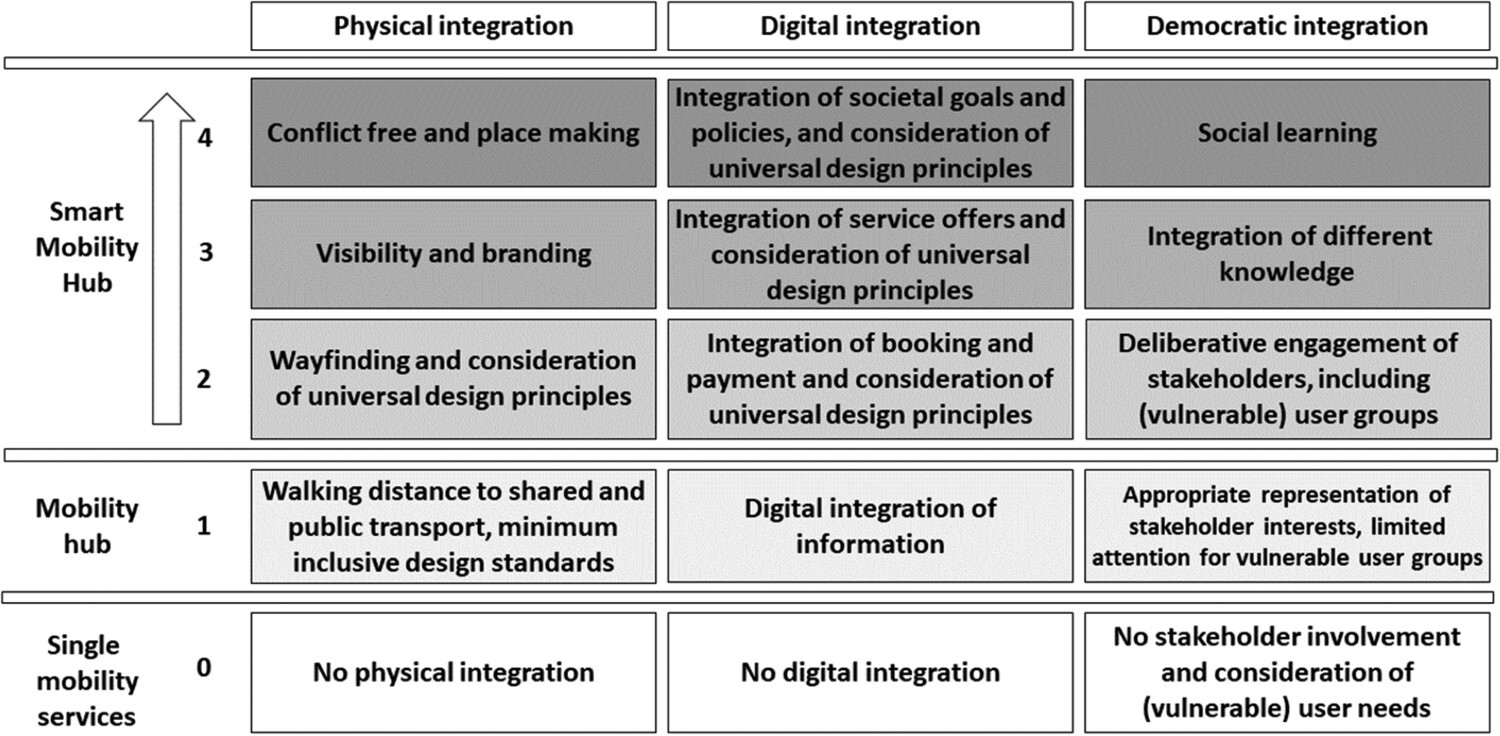The department of Transport and Regional Economics of the University of Antwerp is committed to be an international centre of excellence for fundamental and applied academic research in transport economics, logistics and regional economics. Its research results in theories, applications and instruments to enhance existing academic knowledge, transport policy and supply chain environments.
Today's Partner:

Joris Beckers
Research Professor
University of Antwerp
Department of Transport and Regional Economics
Function within MoLo Hubs
Knowledge Partner

Julia Amaral
Postdoctoral Researcher
University of Antwerp
Department of Transport and Regional Economics
Function within MoLo Hubs
Knowledge Partner
Why are socio-economic & environmental impacts relevant aspects for MoLo Hubs?
Designed as a transport solution to cope with the lack of space in urban areas, mobility hubs allow each part of the trip to be completed in the most cost-efficient way. As such, they pave the way for new mobility services, supporting the shift towards sustainable modes of transport and making the transport system more flexible and accessible. By transforming mobility hubs into MoLo hubs, we extend these benefits beyond passenger transport to encompass all urban transportation, unlocking immense socio-economic and environmental potential.
What are the key challenges when it comes to socio-economic & environmental impacts?
Creating a positive social and environmental impact is more often than not expensive and if the business model does not work, the solution will probably not exist for long. Hence, the biggest challenge is to find solutions with benefits for all stakeholders involved.
What are the potentials of socio-economic & environmental impacts when it comes to implementing logistics services at shared mobility hubs?
As mentioned, MoLo hubs have much potential as they tackle different issues. First, they ensure transport activities can continue to take place in urban areas, where space for larger transportation or logistics infrastructure is increasingly limited, benefiting both consumers and transport operators. Second, they promote multimodality, allowing each leg of a trip to be completed using the most efficient mode, thereby reducing overall transport impacts.

© Karst Geurs - Smart Hubs Integration Ladder
Are there any good examples from the pilot areas?
Certainly! There are some very innovative ideas brewing in the pilot cities, which can be excecuted thanks to the European funding For example, Aalborg has introduced multi-use lockers that serve both e-commerce deliveries and waste collection, optimizing space and logistics. Meanwhile, Amsterdam is focusing on service logistics, addressing a segment of commercial vehicle activity that has largely been overlooked until now. These examples highlight just a few of the many initiatives being developed across the pilot cities.
What is your vision for the impact of MoLo Hubs towards the aspect of socio-economic & environmental impacts by the end of the project?
The MoLo pilots are really the first of their kind. With promising results, they might show the way for the organization of urban transport in the future. In that case, the impacts will go far beyond the three years of the project. The long-term benefits could include not only more efficient and sustainable urban transport systems but also a more equitable distribution of services across different urban areas.
Source: University of Antwerp
